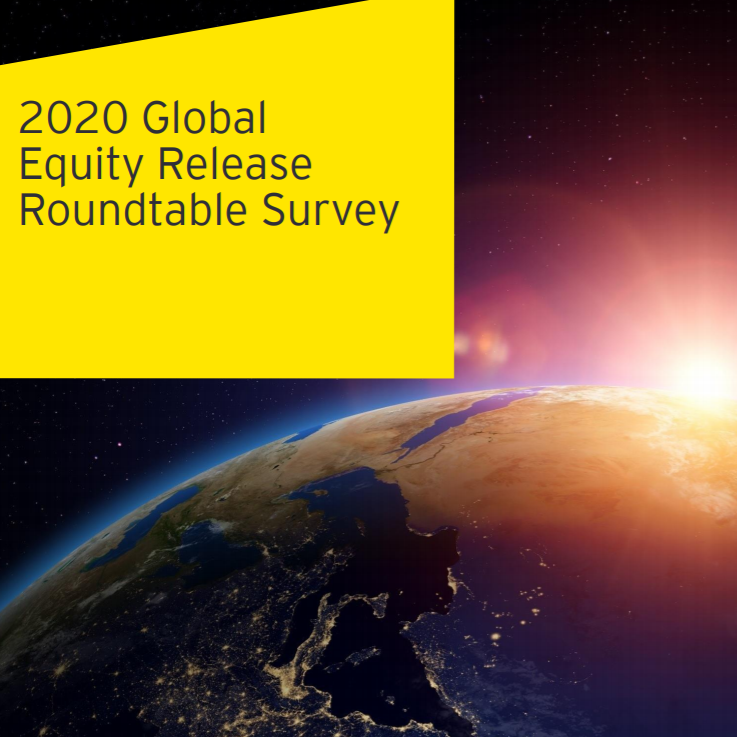Portfolio Management for Insurers and Pension Funds and COVID-19: Targeting Volatility for Equity, Balanced and Target-Date Funds with Leverage Constraints 2
By Bao Huy Doan , Jonathan J. Reeves , Michael Sherris Insurers and pension funds face the challenges of historically low interest rates and volatility in equity markets, that have been accentuated due to the COVID-19 pandemic. Recent advances in equity portfolio management with a target volatility have been shown to deliver improved on average risk adjusted return, after transaction costs. This paper studies these targeted volatility portfolios in applications to equity, balanced and target-date funds with varying constraints...





